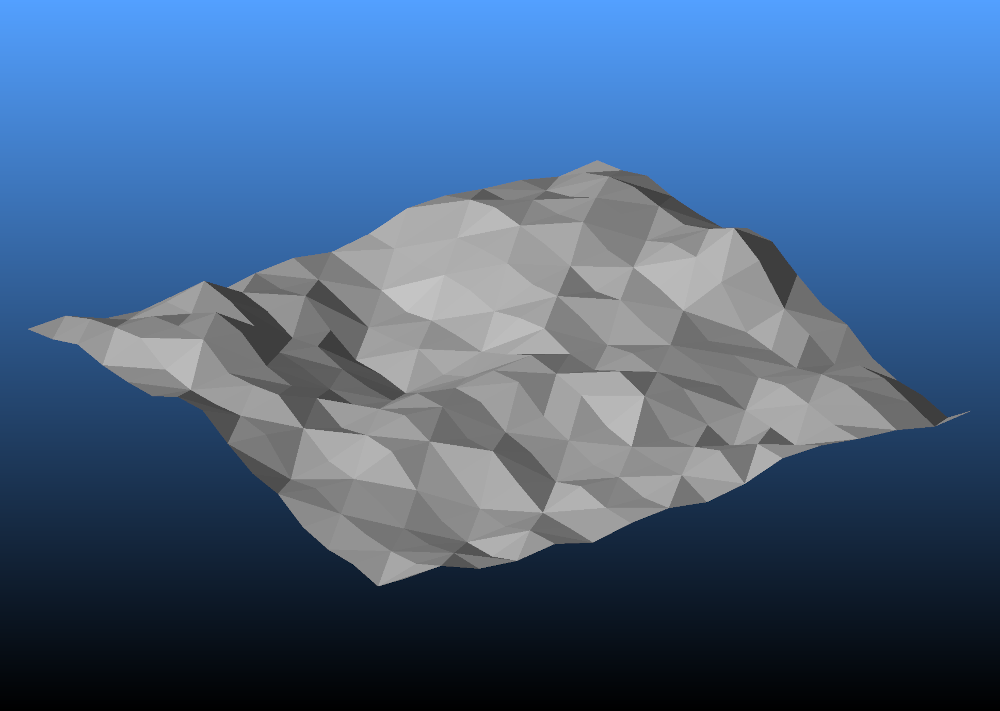Thermal Emission Modeling of Rough Surfaces for Comparison to Radar Observations
- University of Helsinki, Department of Physics, Finland (eric.maclennan@helsinki.fi)
The thermal inertia and roughness are two parameters that are included in thermophysical models (TPMs) in order to interpret the infrared emission of asteroid surfaces. These parameters depend on the size of particles and degree of roughness for size scales larger than the thermal skin depth, which is typically on the order of a few centimeters (Delbo et al., 2015). For example, large decimeter-sized boulders have elevated thermal inertia values and increase the overall degree of roughness. On the other hand, particles that are smaller than the thermal skin depth act to lower the estimated thermal inertia, but are less influential to the overall surface roughness. Several studies have focused on the interpretation of only the thermal inertia from both disk-resolved and disk-integrated thermal infrared observations. In principle, accurate estimates of both these parameters can be used to develop a heuristic tool for estimating the abundance of boulders on an asteroid surface (or any other airless body).
Our primary goal is to develop a consistent framework for which to compare roughness scales as constrained by different wavelength regimes: micron scale from light scattering (e.g. Zubko et al., 2007), centimeter scale from thermal infrared, and decimeter scale from active radar sensing (Virkki et al. 2022). The degree of roughness for visible and radar observations is determined by scattering behavior at the scale of the wavelength, whereas the roughness constrained by thermal infrared emission is affected by deviations in surface temperature from a smooth surface. These temperature deviations are caused by topographical features larger than the skin depth. In practice, TPMs calculate the temperature distribution for terrains which incorporate the effects of scattered light, shadowing of roughness elements, and self-heating (thermal emission from one roughness element that is re-absorbed by another). Model terrains for representing roughness include, for example, spherical section craters and self-affine (fractal) surfaces.
The symmetry of a spherical crater geometry lends to computational efficiency in TPMs, yet may not be an ideal physical or geological representation of asteroid surface roughness. Yet, hemispherical craters have been successfully employed to fit the disk-resolved surface emission of Bennu (Rozitis et al. 2020), whereas a random Gaussian surface has been used to model lunar emission (Bandfield et al. 2013). These terrains are often characterized by the root mean squared (RMS) of their surface slopes, even though their surface slope distributions may differ in some ways. In these studies of Bennu and the Moon, the best-fit thermal roughness was reported as RMS of 40o and 20 — 35o, respectively. However, it is not trivial to compare the results of these two distinct roughness implementations, or when the thermal skin depths are somewhat different (1 – 5 cm for Bennu and 6 cm for the Moon). A study of the roughness of Eros showed a higher degree of roughness at the scale of the thermal skin depth compared to the extrapolated roughness at larger spatial scales (Rozitis, 2016). Finally, radar observations show that surface roughness differs among spectral classes (Benner et al. 2008; Virkki et al., 2022).
In our study, we compare the thermal emission profiles of spherical craters and randomly-generated fractal surfaces (Virkki, 2024) in order to investigate the effects of increasing thermal infrared roughness for craters and fractal surfaces. A one-dimensional heat diffusion model is used to calculate temperatures for craters and fractal surfaces with differing surface slopes. The craters are described by their opening angle (90o being the largest for hemispherical craters), and the fractal terrains are characterized by Hurst exponent and RMS height of the surface (Figure 1; Figure 2). Multiple scattering and self-heating effects are implemented using the so-called view factors; defined as the fraction of energy leaving one roughness element that reaches another. The edges of the fractal surface are determined such that a periodic boundary condition can be implemented to simulate an infinite surface. In this way, energy can be exchanged between elements on opposite edges of the mesh.
One intriguing difference between these two roughness terrains is the degree of shadowing and self-heating in response to changes in the surface slope distribution. The view factor for every crater element is identical, whereas the view factors for a rough fractal surface are unique for each elements and thus follow some distribution. Furthermore, the effects of shadowing of roughness elements at large incident angles can have different effects between the two terrains, even if the surface slope distributions (or RMS slopes) are similar. The variations in the thermal emission profgiles of these two models have important implications for the interpretation of both disk-resolved and disk-integrated thermal infrared datasets. Given that the thermal skin depth is dependent on the rotation period, it can differ from one asteroid to the next and create challenges when comparing disk-integrated roughness values among the asteroid population.

Figure 1. A fractal surface with H = 0.5 and rms height = 0.4.
Figure 2. Surface slope distribution for the surface in Figure 1.
References:
Bandfield, J., et al., 2015. Icarus 248, 357–372.
Benner, L., et al., 2008. Icarus 198, 294–304.
Delbo, M., et al., 2015. In Asteroids IV.
Rozitis, B., et al. 2016. Monthly Notices of the Royal Astronomical Society 464, 1.
Rozitis, B., et al. 2020. Science Advances 6, eabc3699.
Virkki, A., et al. 2022. The Planetary Science Journal, 3:222, 36 pp.
Virkki, A. 2024. Remote Sensing 2024, 16, 890.
Zubko, E., et al. 2007. Journal of Quantitative Spectroscopy & Radiative Transfer 106, 604–615.
How to cite: MacLennan, E. and Virkki, A.: Thermal Emission Modeling of Rough Surfaces for Comparison to Radar Observations, Europlanet Science Congress 2024, Berlin, Germany, 8–13 Sep 2024, EPSC2024-821, https://doi.org/10.5194/epsc2024-821, 2024.